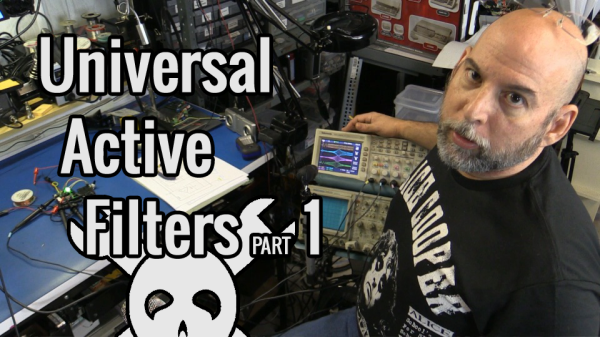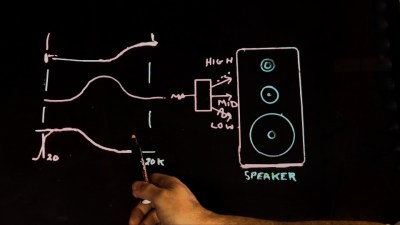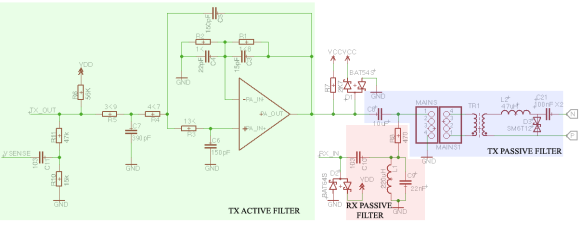Filters and Drums
Logic Noise is an exploration of building raw synthesizers with CMOS logic chips. This session, we continue to abuse the 4069UB as an amplifier. We’ll turn the simple unity-gain buffer of last session into a single-pole active lowpass filter with a single part. (Spoiler: it’s a capacitor.)
While totally useful, this simple filter is a bit boring and difficult to make dynamic. So we’ll look into an entirely different filter, the Twin-T notch filter, that turns out to be sharp enough to build a sine-wave oscillator on, and tweakable enough that we’ll make a damped-oscillator drum sound out of it.
Here’s a quick demo of where we’re heading. Read on to see how we get there.


















